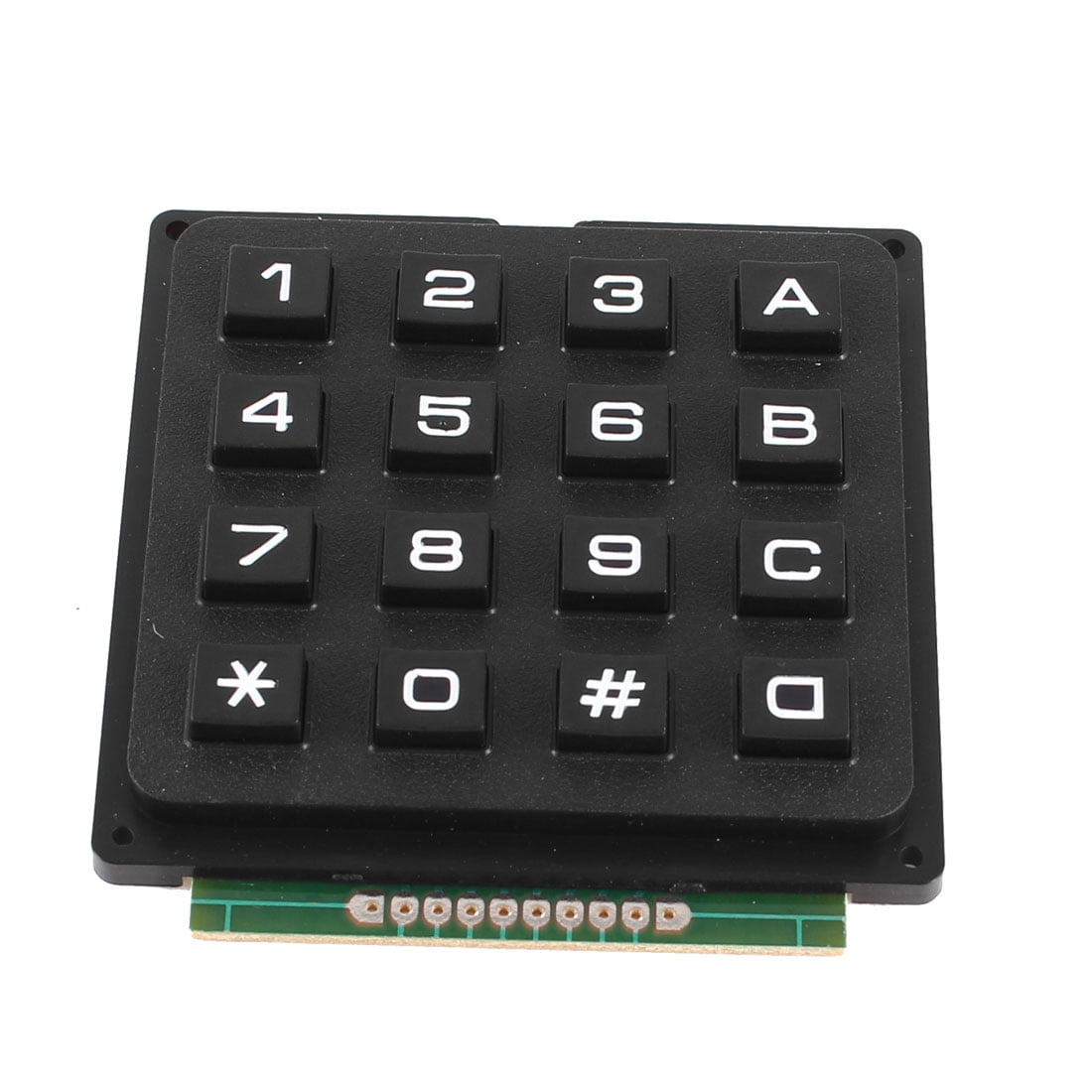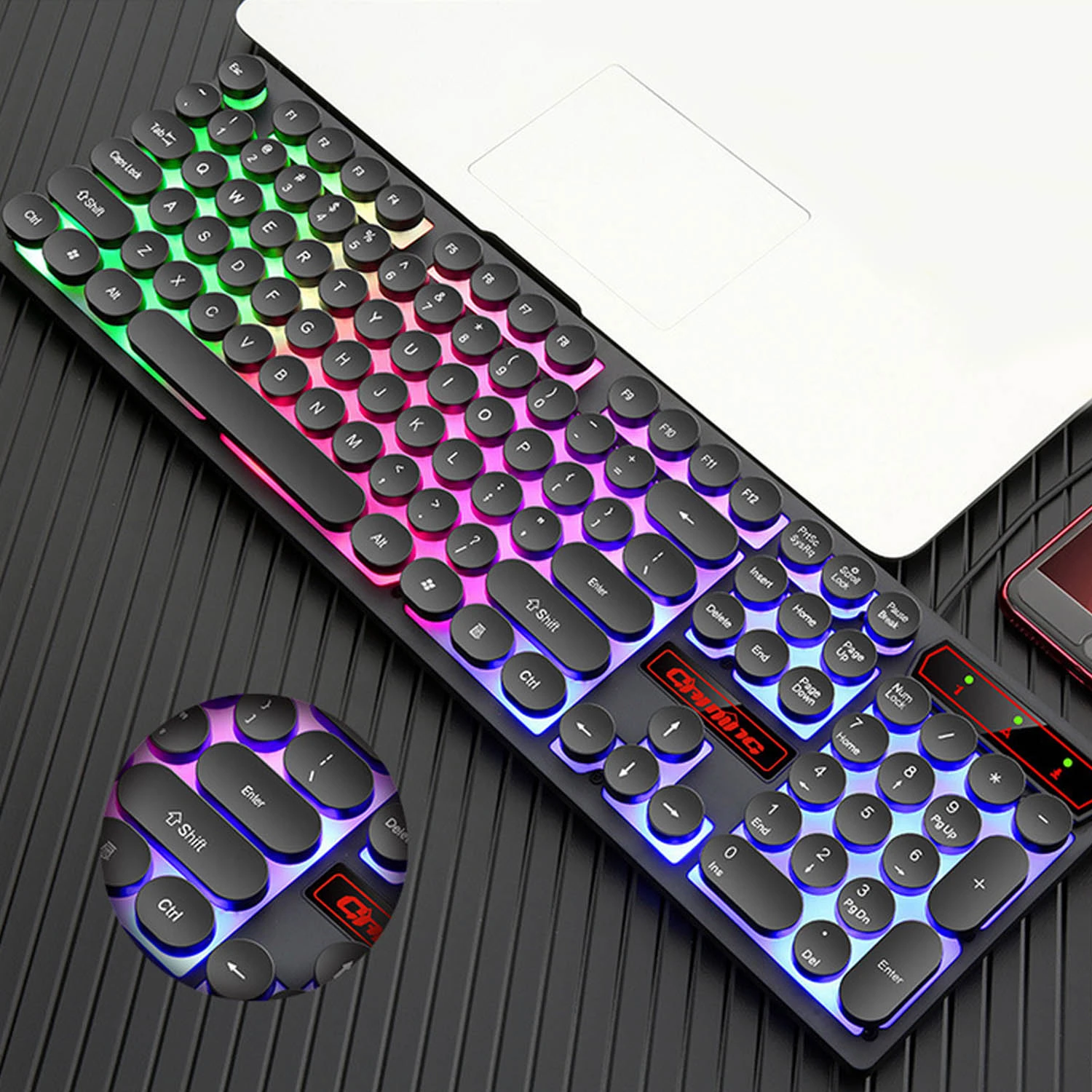Use the arrow keys to switch between all open apps. Ctrl + arrow key (to move to an item) + Spacebar. Select multiple individual items in a window or on the desktop. Ctrl + Shift with an arrow key. Select a block of text. Ctrl + Shift + Esc. Open Task Manager. Switch the keyboard layout when multiple keyboard layouts are available. Pressing a single key of a traditional analog telephone keypad produces a telephony signaling event to the remote switching system. For touchtone service, the signal is a dual-tone multi-frequency signaling tone consisting of two simultaneous pure tone sinusoidal frequencies. The row in which the key.
A keypad is a set of buttons arranged in a block or pad which bear digits, symbols or alphabetical letters. Pads mostly containing numbers and used with computers are numeric keypads. Keypads are found on devices which require mainly numeric input such as calculators, television remotes, push-button telephones, vending machines, ATMs, Point of Sale devices, combination locks, and digital door locks. Many devices follow the E.161 standard for their arrangement.
Uses and functions[edit]
Keypad Keys Online Test
A computer keyboard usually has a small numeric keypad on the side, in addition to the other number keys on the top, but with a calculator-style arrangement of buttons that allow more efficient entry of numerical data. This number pad (commonly abbreviated to numpad) is usually positioned on the right side of the keyboard because most people are right-handed.
Many laptop computers have special function keys that turn part of the alphabetical keyboard into a numerical keypad as there is insufficient space to allow a separate keypad to be built into the laptop's chassis. Separate external plug-in keypads can be purchased.
Keypads for the entry of PINs and for product selection appear on many devices including ATMs, vending machines, Point of Sale payment devices, time clocks, combination locks and digital door locks.
Key layout[edit]
The first key-activated mechanical calculators and many cash registers used 'parallel' keys with one column of 0 to 9 for each position the machine could use. A smaller, 10-key input first started on the Standard Adding Machine in 1901.[1] The calculator had the digit keys arranged in one row, with zero on the left, and 9 on the right. The modern four-row arrangement debuted with the Sundstrand Adding Machine in 1911.[2]
There is no standard for the layout of the four arithmetic operations, the decimal point, equal sign or other more advanced mathematical functions on the keypad of a calculator.
The invention of the push-button telephone keypad is attributed to John E. Karlin, an industrial psychologist at Bell Labs in Murray Hill, NJ.[3][4] On a telephone keypad, the numbers 1 through 9 are arranged from left to right, top to bottom with 0 in a row below 789 and in the center. Telephone keypads also have the special buttons labelled * (star) and # (octothorpe, number sign, 'pound', 'hex' or 'hash') on either side of the zero key. The keys on a telephone may also bear letters which have had several auxiliary uses, such as remembering area codes or whole telephone numbers.
Origin of the order difference[edit]

Although calculator keypads pre-date telephone keypads by nearly thirty years, the top-to-bottom order for telephones was the result of research studies conducted by a Bell Labs Human Factors group led by John Karlin. They tested a variety of layouts including a Facit like the two-row arrangement, buttons in a circle, buttons in an arc, and rows of three buttons.[3] The definitive study was published in 1960: 'Human Factor Engineering Studies of the Design and Use of Pushbutton Telephone Sets' by R. L. Deininger.[5][6] This study concluded that the adopted layout was best, and that the calculator layout was about 3% slower than the adopted telephone keypad.
Despite the conclusions obtained in the study, there are several popular theories and folk histories explaining the inverse order of telephone and calculator keypads.
- One popular theory suggests that the reason is similar to that given for the QWERTY layout, the unfamiliar ordering slowed users to accommodate the slow switches of the late 1950s and early 1960s.[7]
- Another explanation proposed is that at the time of the introduction of the telephone keypad, telephone numbers in the U.S. where commonly given out using alphabetical characters for the first two digits. Thus 555-1234 would be given out as KL5-1234. These alpha sequences were mapped to words. '27' was given out as 'CRestview', '26' as 'ATwood', etc. By placing the '1' key in the upper left, the alphabet was arranged in the normal left-to-right descending order for English characters. Additionally, on a rotary telephone, the '1' hole was at the top, albeit at the top right.
See also[edit]
References[edit]
- ^'William and Hubert Hopkins machines'. Retrieved 18 July 2017.
- ^'Sundstrand Adding Machine - Underwood Sundstrand'. Retrieved 18 July 2017.
- ^ abFox, Margalit (February 8, 2013). 'John E. Karlin, Who Led the Way to All-Digit Dialing, Dies at 94'. The New York Times. Retrieved February 9, 2013.
- ^'Monmouth man, inventor of touch-tone keypad, dies at 94'. The Star-Ledger. February 9, 2013. Archived from the original on February 13, 2013. Retrieved 2013-02-09.
- ^Deininger, R. L. (July 1960). 'Human Factor Engineering Studies of the Design and Use of Pushbutton Telephone Sets'(PDF). The Bell System Technical Journal (July, 1960): 995. Archived from the original(PDF) on 2014-01-24. Retrieved 7 February 2014.
- ^Feldman, Dave (1987). Why Do Clocks Run Clockwise. New York: Harper & Row.
- ^'Why is the keypad arrangement different for a telephone and a calculator?'. How Stuff Works. Retrieved 7 February 2014.
External links[edit]
| Look up keypad in Wiktionary, the free dictionary. |
Unless you own a high-end keyboard or a custom mechanical keyboard, chances are you might not be able to configure your current keyboard’s layout to your liking. Of course, for the most part, we imagine that many people are already satisfied with the way their keyboard has been laid out.
However, if you think that certain keys would be better placed elsewhere, or if you want to disable certain keys, you can actually do that. Unfortunately, there is no native way to remap or reassign keys in Windows, but our guide below will show you several different apps that might be worth checking out if you want to remap your keyboard or reassign several keys.
SharpKeys (Download)
One of the popular options when it comes to remapping your keyboard or reassigning keys is SharpKeys. The application itself is pretty simple and straightforward to use, where you can select keys and functions from a list that you want to remap. For example, if you want to launch an application like the calculator using a key, you select it from the list, assign the key, and you’re good to go.
Also, another thing to take note is that it will write to your computer’s registry, so if you’re not familiar or comfortable with that, you might want to seek out an alternative.
Keytweak (Download)
While SharpKeys is already pretty easy to use, Keytweak makes it even simpler by providing users with a virtual keyboard in which they can click on the key and then choose what they want to assign it to. There are several modes that users can choose from, such as a Full Teach Mode where you click the button and press the key and it will reassign it for you.
Keypad Keys Name
For example, some users might not have a need for a Caps Lock key, so they might want to reassign it to something else, such as Ctrl or Alt.

MapKeyboard (Download)
Similar to Keytweak, MapKeyboard is also another key remapper/key reassigner that comes with a very clean and simple interface to work with. It shows you a virtual keyboard on your screen, and all you need to do is click on the virtual keys, assign them to whatever else you want, and you’re good to go.
The UI will also highlight keys in green to indicate that they have been edited, and once you’re done editing, you’ll need to logoff your computer and relogin and you will be all set and the changes will take effect.
AutoHotKey (Download)
The software we listed above does a very good job of remapping or reassigning keys. However, if you need something a bit more complex and powerful, that’s where AutoHotKeys comes in handy. This is because with AutoHotKeys, with a little bit of time and learning, you can create scripts to run more complex actions.
For example, you can create macros with AutoHotKeys where with by pressing certain keys or shortcuts, you can type certain lines of text, run programs, batch files, and so on. You can even make shortcuts even shorter, where instead of pressing three keys, you can reduce it to two, and so on.
However, like we said, AutoHotKeys is a bit more complex and you will need to learn how to script it, but it can be a very powerful tool once you get the basics down.
Filed in . Read more about Keyboards, Microsoft, Windows and Windows 10.

